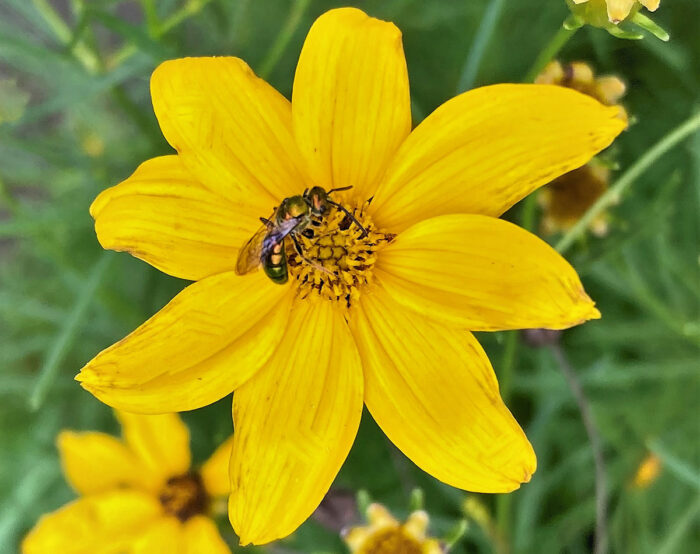
Beneficial insects are basically the essential workers needed if a garden is to flourish. They’re the good bugs—including native bees, honeybees, butterflies, ladybugs, praying mantises, assassin bugs, lacewings, parasitic wasps, and hoverflies—that aid the gardener by pollinating flowers and fruit trees. They also prey on the pesky bad bugs that spread disease or voraciously chew their way through your veggies and flowers, causing irreparable harm.
Attracting beneficial insects and encouraging them to stay is the best way for a gardener to ensure robust, productive food crops and abundant blooms. These good bugs are an indispensable organic way to control disease-spreading, leaf-chewing pests. It’s easy to promote both natural pest control and pollination if you know what to do. So if you’re living in Northern California and looking for a way to attract and maintain a healthy beneficial insect population, read on for a few tips and tricks.
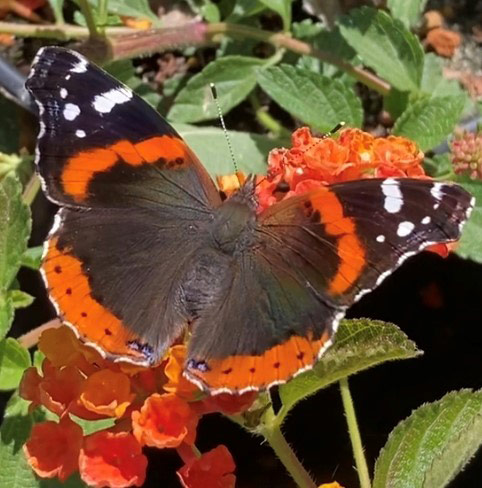
Organic gardening practices are crucial for beneficial insects
One of the most critical things a gardener can do when hoping to lure and keep beneficial insects close by is to use organic practices only, including the complete avoidance of pesticides. The whole purpose of any insecticide is to kill insects, and it makes no distinction between whether it’s eradicating a good insect or a bad one. Steer clear of bug zappers (all too common in NorCal in summer) for the very same reason. Plus, embrace the idea of building healthy, rich organic soil, which ensures that your plants will be vigorous and healthy. A stress-free plant is far less attractive to harmful bugs than an already struggling one.
Provide a water source to attract good bugs
A water source is vital for all living things, and beneficial insects are no exception. This can be as simple as a shallow terra-cotta saucer full of rocks and/or sticks, topped off with water. The sticks and rocks provide a safe landing for the insects while they access the much-needed moisture. Make sure this tiny watering hole doesn’t dry out completely by running an irrigation emitter to it.
Install certain plants for sheltering beneficial insects
Provide a wide variety of habitats and sheltering possibilities to your friendly bugs by creating different levels in your landscape. Trees, shrubs, perennial borders, and ground covers all provide excellent hiding places. California native oaks (Quercus spp. and cvs., Zones 3–9) make a wonderful top-level plant choice, as they also serve as larval host plants for a number of beneficial insects. Also, leave a few patches of bare soil for the ground-dwelling beneficial insects to make use of.

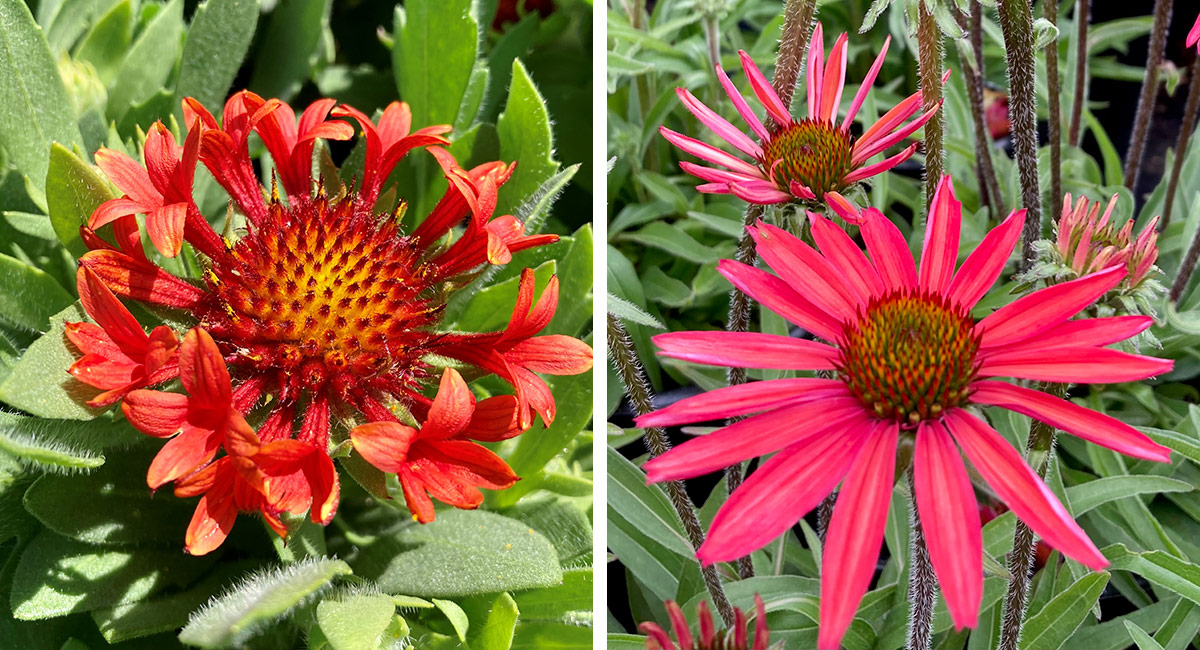
Provide blooming plants for reliable food
Flowers provide nectar and pollen that beneficial insects need throughout the year and that are especially important for sustaining them through times when pest numbers are low (which is the ultimate goal, after all). For a thriving good bug population, plant a succession of blooms so that something is always flowering in your garden. The more diversity you have, the more robust the beneficial population will be, and the bad bugs won’t stand a chance. Some favorites for beneficial insects in our area include the flat-topped umbelliferous clustered flowers such as yarrow (Achillea spp. and cvs., Zones 3–9) or buckwheat (Eriogonum spp. and cvs., Zones 4–9). Other insects prefer the more open-faced blooms with rays of attractive petals surrounding wide-open landing pads filled with pollen, such as blanketflower (Gaillardia spp. and cvs., Zones 3–10), tickseed (Coreopsis spp. and cvs., Zones 4–9), or coneflowers (Echinacea spp., Zones 3–9).
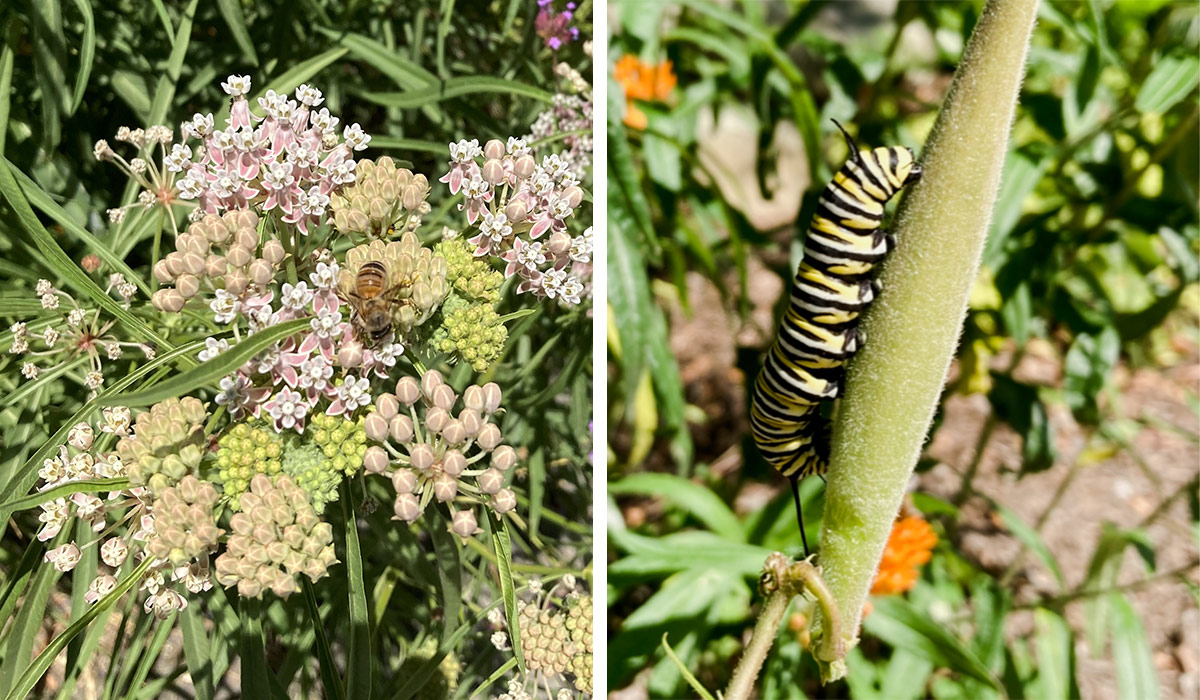
Add host plants to foster future insect generations
Don’t forget to incorporate larval host plants in your planting plan when creating a haven for beneficial insects, perhaps by adding milkweeds. Monarchs especially love our native narrowleaf milkweed (Asclepias fascicularis, Zones 6–10).Other key host plants in Northern California include passion flower vine (Passiflora spp. and cvs., Zones 6–10), which the larvae of gulf fritillaries feast on, and California lilac (Ceanothus spp. and cvs., Zones 8–10) which are much loved by duskywing and azure caterpillars. All of these fabulous larval host plants also double up as excellent sources of nectar and pollen for butterflies and other pollinators.
If you nurture and sustain a healthy, flourishing, diverse, and flower-filled organic garden, beneficial bugs will flutter and buzz happily among the bounteous blooms, and the bad bugs will become nothing but a dim and distant memory.
For more on Northern California native plants, go here.
—Fionuala Campion is the owner and manager of Cottage Gardens of Petaluma in Petaluma, California.
Photos: Fionuala Campion
Fine Gardening Recommended Products

Dramm Revolution Adjustable 9-Pattern Metal Hose Nozzle
Fine Gardening receives a commission for items purchased through links on this site, including Amazon Associates and other affiliate advertising programs.
- Ergonomic insulated grip
- Maximum pressure of 90 PSI
- Fully adjustable spray pattern
- No trigger lock
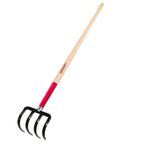
Razor-Back Potato/Refuse Hook
Fine Gardening receives a commission for items purchased through links on this site, including Amazon Associates and other affiliate advertising programs.
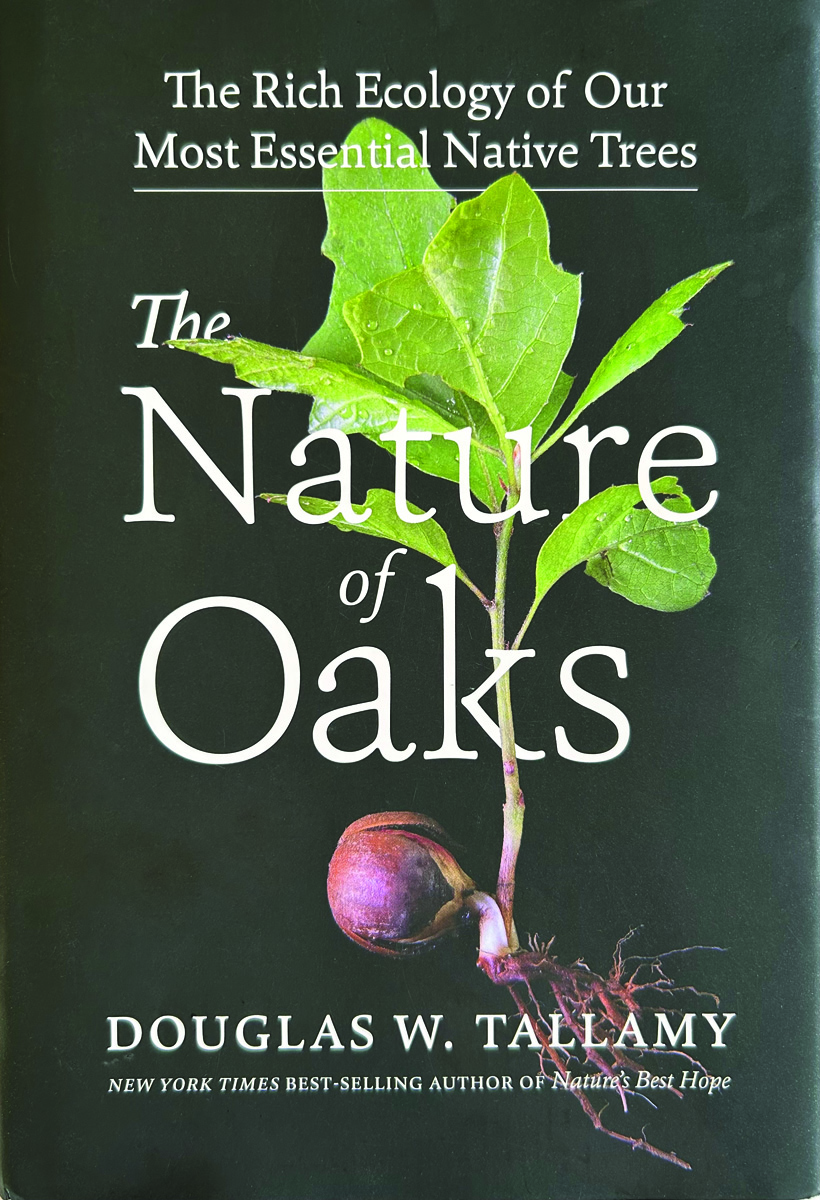
The Nature of Oaks: The Rich Ecology of Our Most Essential Native Trees
Fine Gardening receives a commission for items purchased through links on this site, including Amazon Associates and other affiliate advertising programs.


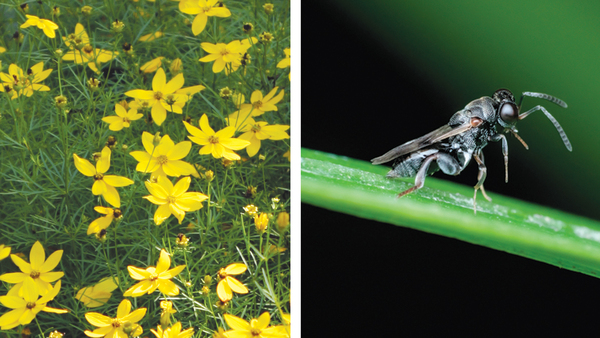
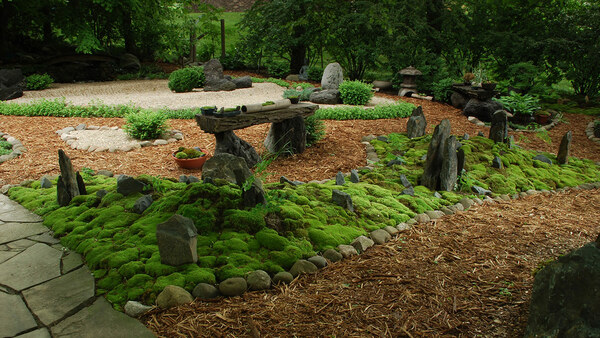
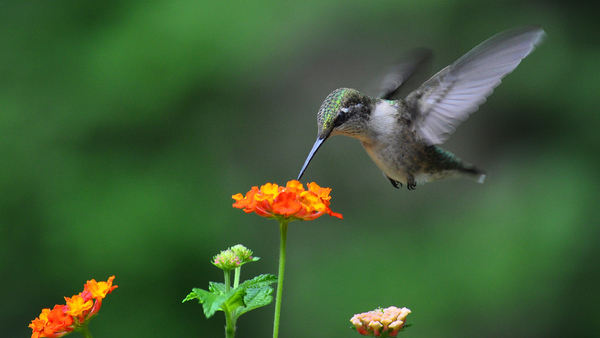
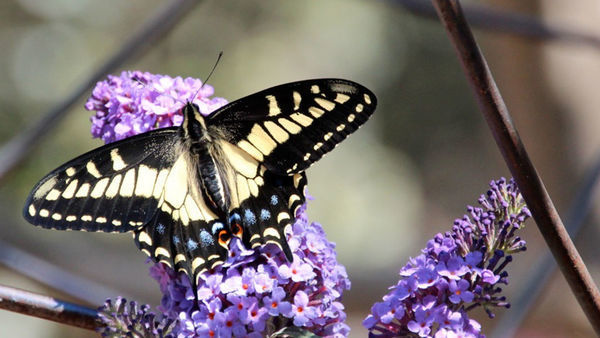
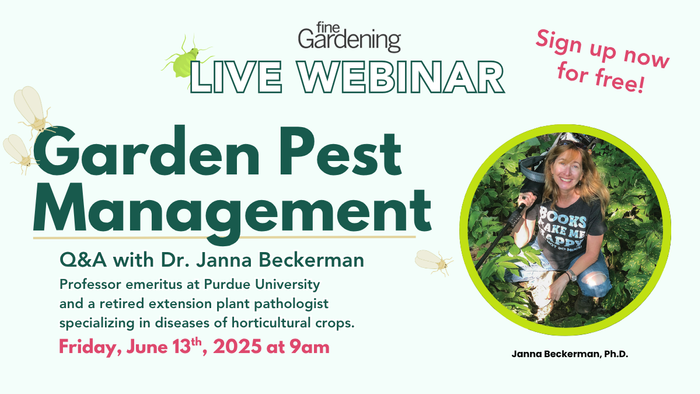
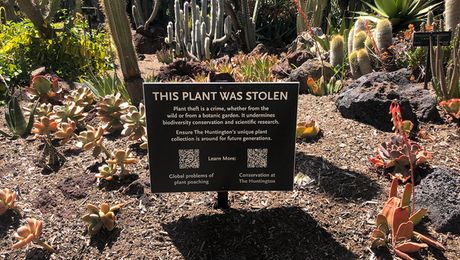
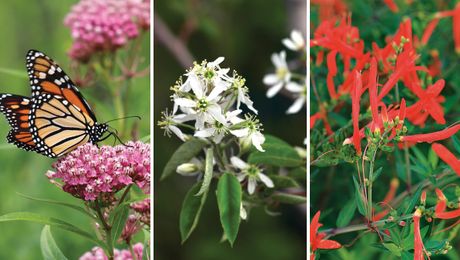










Comments
Log in or create an account to post a comment.
Sign up Log in